Wetlands are among Earth’s most biologically diverse ecosystems, yet many remain unexplored and understudied. These vital habitats serve as crucial carbon sinks, natural water filters, and homes to countless species of flora and fauna.
Beyond the well-known wetlands lie hidden gems harboring unique biodiversity. Each tells its own story of adaptation and survival. These extraordinary ecosystems demonstrate nature’s remarkable ability to create specialized environments that nurture rare and endemic species.
Pantanal Matogrossense, Brazil
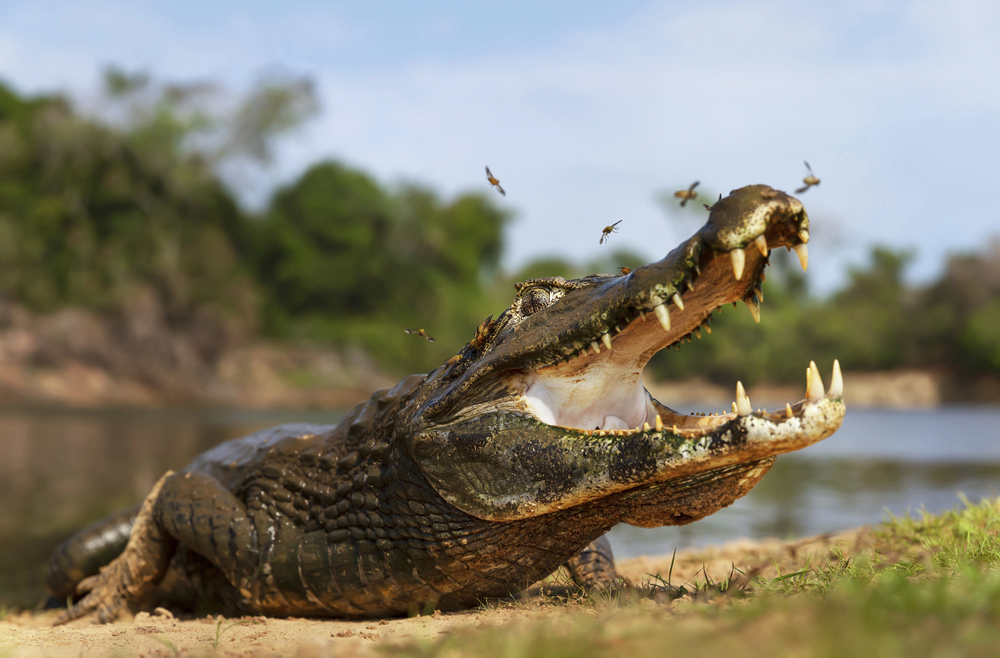
This pristine wetland spans Brazil’s western frontier and hosts the largest concentration of jaguars in the world. Seasonal flooding patterns create a mosaic of habitats that support over 4,700 species of plants and animals.
Local communities have developed traditional fishing practices that help maintain the delicate ecological balance. The wetland’s unique limestone formations contribute to its distinct water chemistry and biodiversity patterns.
Sudd Wetlands, South Sudan
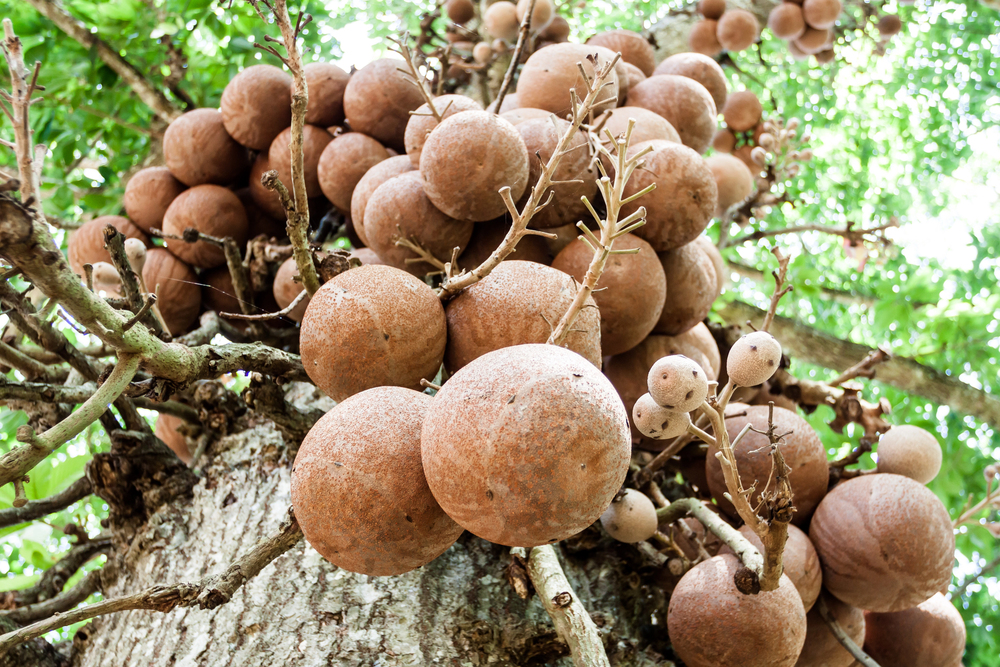
The vast Sudd wetlands form Africa’s largest swamp system, covering an area that fluctuates seasonally between 11,583 and 50,193 square miles. Endemic fish species thrive in its complex network of channels and lagoons that stretch along the White Nile.
The area serves as a crucial stopover for migratory birds and supports one of the world’s largest populations of shoebill storks. Traditional pastoralist communities have adapted their lifestyles to the wetland’s annual flood cycles.
Like Travel Pug’s content? Follow us on MSN.
Kopru Valley Wetlands, Turkey
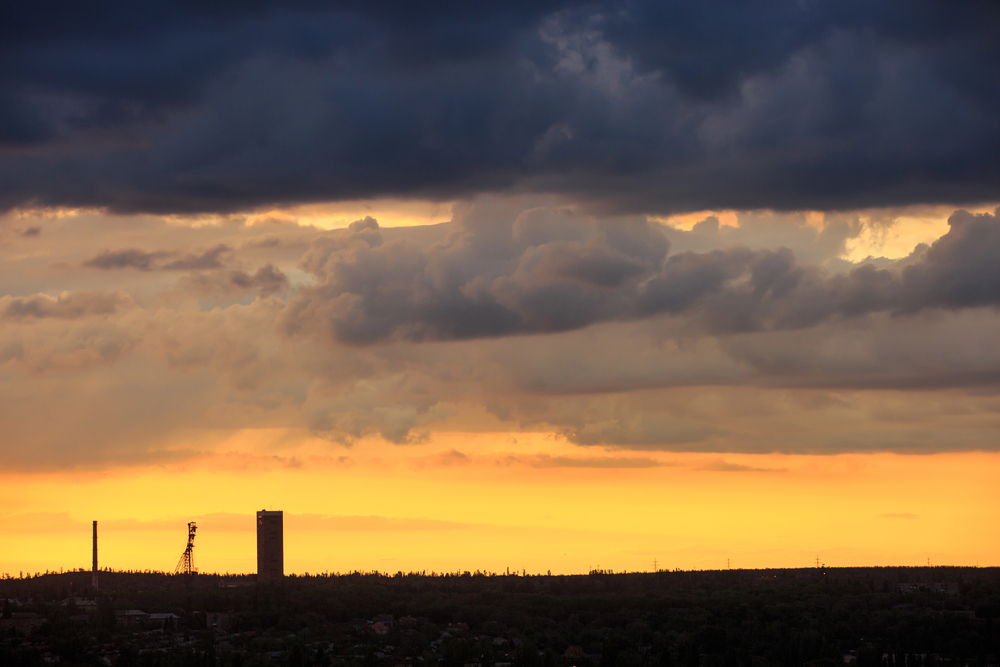
Hidden within the Taurus Mountains, these wetlands feature unique karst formations, creating an intricate underground water system. The valley harbors several endemic plant species that have evolved to thrive in its calcium-rich waters.
Local villagers maintain traditional agricultural practices that have helped preserve the wetland’s ecological integrity. The area’s distinctive microclimate supports rare butterfly species found nowhere else in Europe.
Wasur National Park, Indonesia
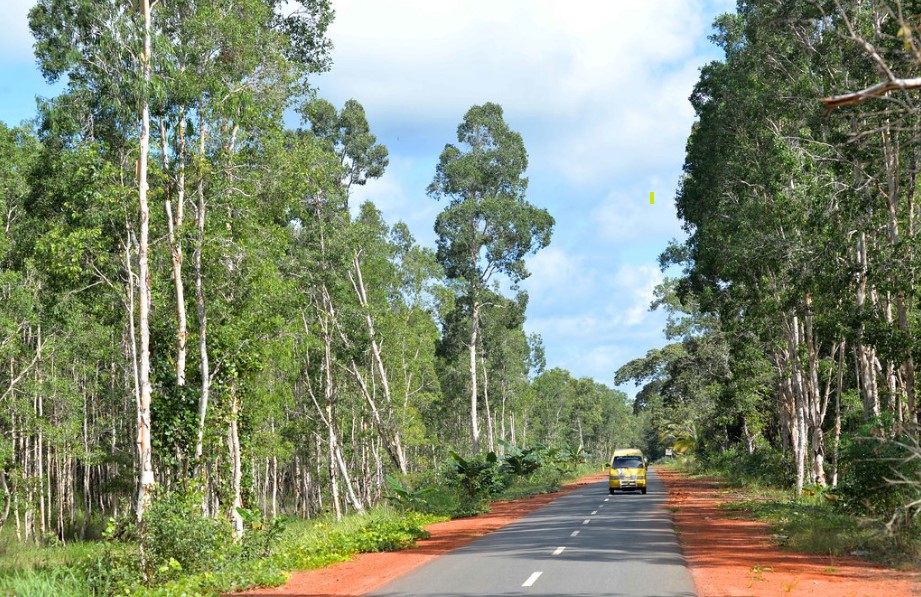
This wetland complex combines savannas, marshes, and monsoon forests in Papua’s southeastern corner. The park’s unique position between Australia and Asia creates a biological mixing zone where species from both continents coexist.
Indigenous communities have developed sustainable hunting practices that help maintain wildlife populations. The wetland’s seasonal flooding patterns create distinct ecological zones that support different species assemblages.
Bangweulu Wetlands, Zambia
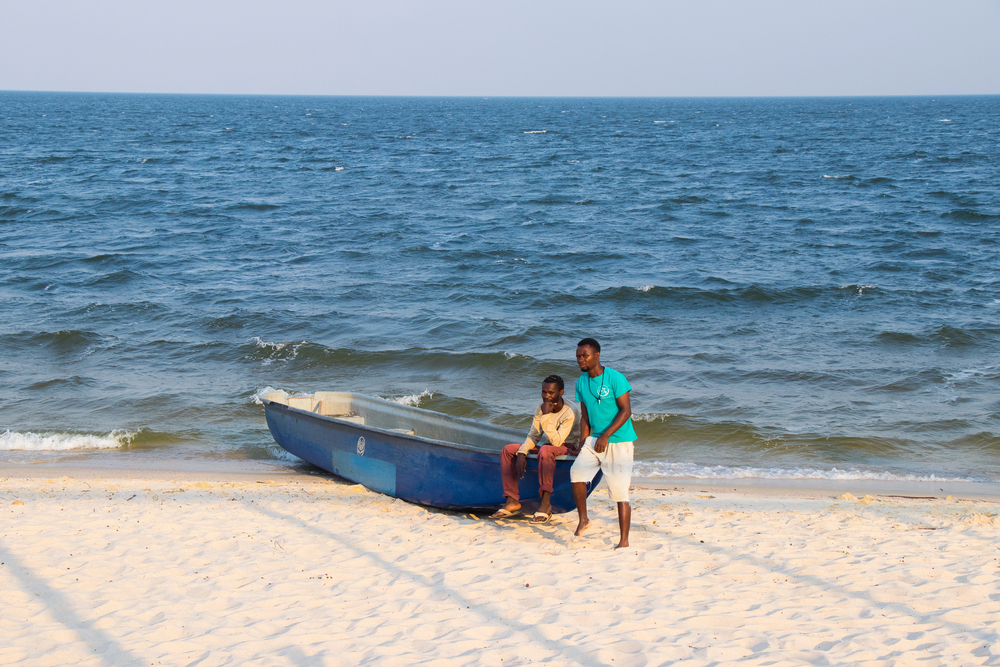
These expansive wetlands in northern Zambia host the world’s largest population of black lechwe antelope. The complex interaction between grasslands and seasonal floodplains creates diverse microhabitats for specialized plant species.
Traditional fishing communities have developed unique methods for navigating the wetland’s challenging terrain. The area’s isolation has helped preserve ancient cultural practices tied to wetland resources.
Like Travel Pug’s content? Follow us on MSN.
Iberá Wetlands, Argentina
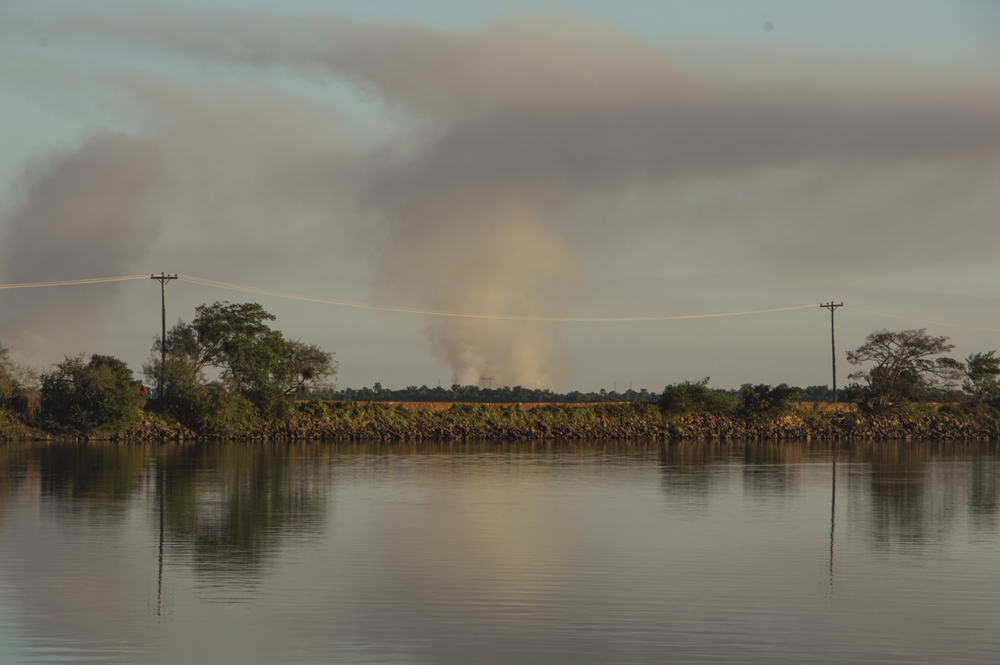
These vast marshlands in northeastern Argentina represent one of South America’s largest freshwater ecosystems. The wetlands support a successful rewilding project that has reintroduced extinct species like the giant anteater.
Local gauchos have maintained traditional ranching practices that complement conservation efforts. The complex system of floating islands provides crucial habitat for endangered species.
Kakadu Wetlands, Australia
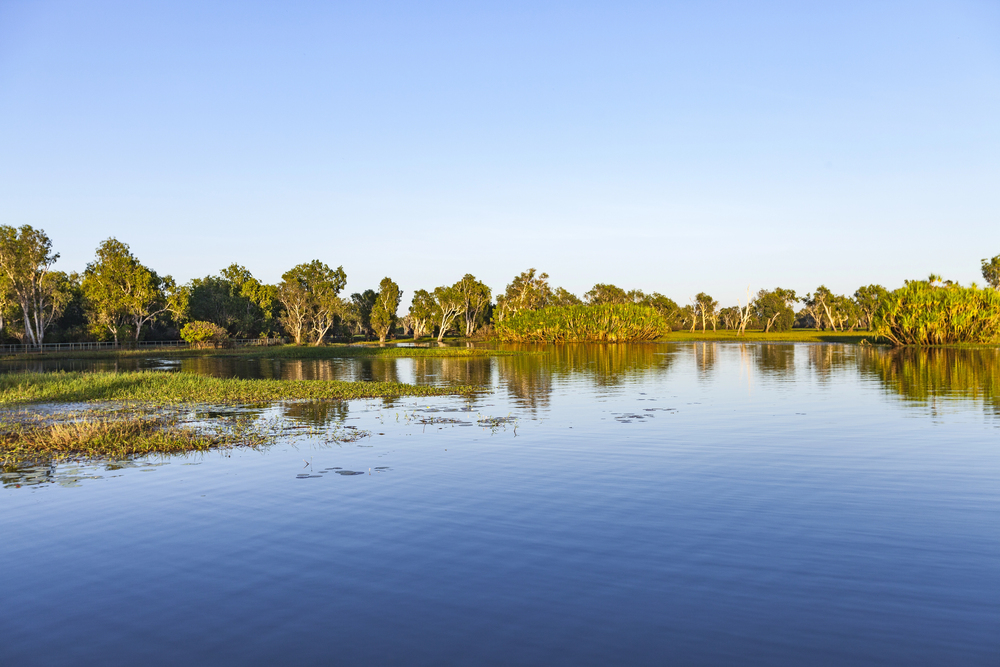
These ancient wetlands in Australia’s Northern Territory feature remarkable rock art sites dating back thousands of years. The unique combination of saltwater and freshwater systems creates diverse habitats for specialized plant species.
Aboriginal communities maintain traditional ecological knowledge that helps protect the wetland’s biodiversity. The area’s seasonal changes support complex food webs that include endemic fish species.
Okefenokee Swamp, United States
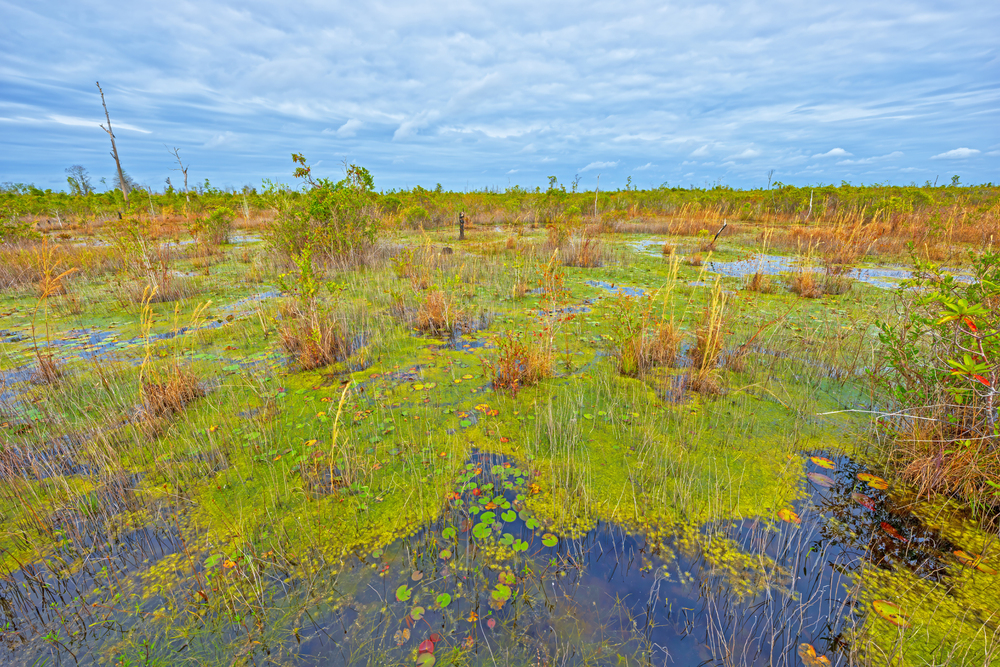
This prehistoric bog in Georgia harbors unique peat formations that preserve ancient plant and animal remains. The swamp’s distinctive black water contains natural compounds that prevent bacterial growth.
Native American tribes developed specialized techniques for harvesting medicinal plants from the wetland, and the area’s isolation has preserved rare species of carnivorous plants.
Like Travel Pug’s content? Follow us on MSN.
Pripyat Marshes, Belarus
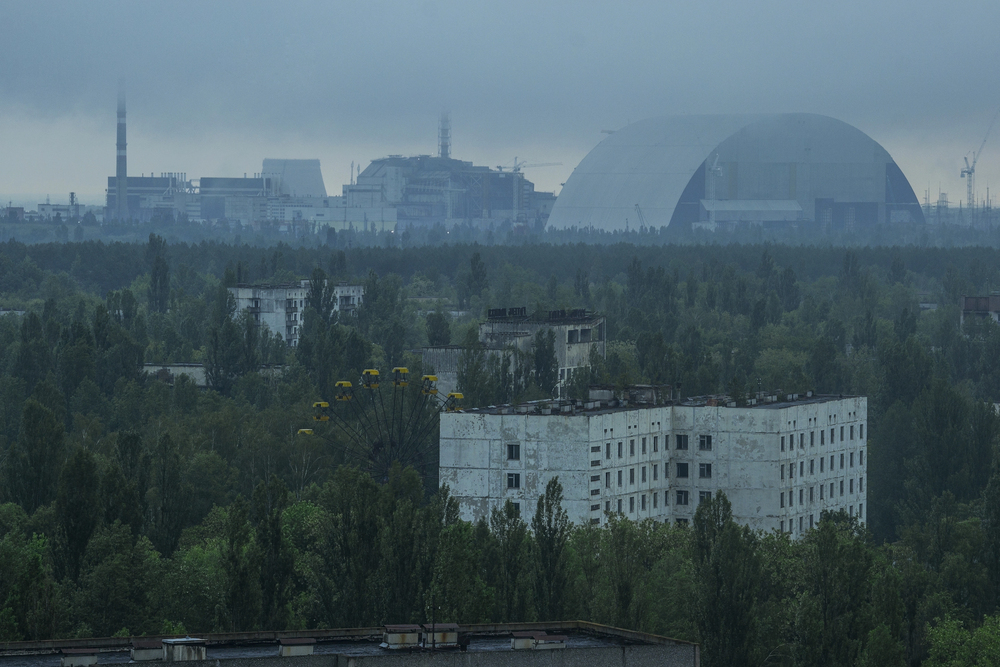
These pristine wetlands along the Belarus-Ukraine border represent Europe’s largest intact floodplain system. The area’s limited human access has created a refuge for endangered species like the aquatic warbler.
Local communities maintain traditional hay-making practices that help preserve wetland meadows. The marshes’ unique hydrological regime supports specialized plant communities.
Danube Delta, Romania
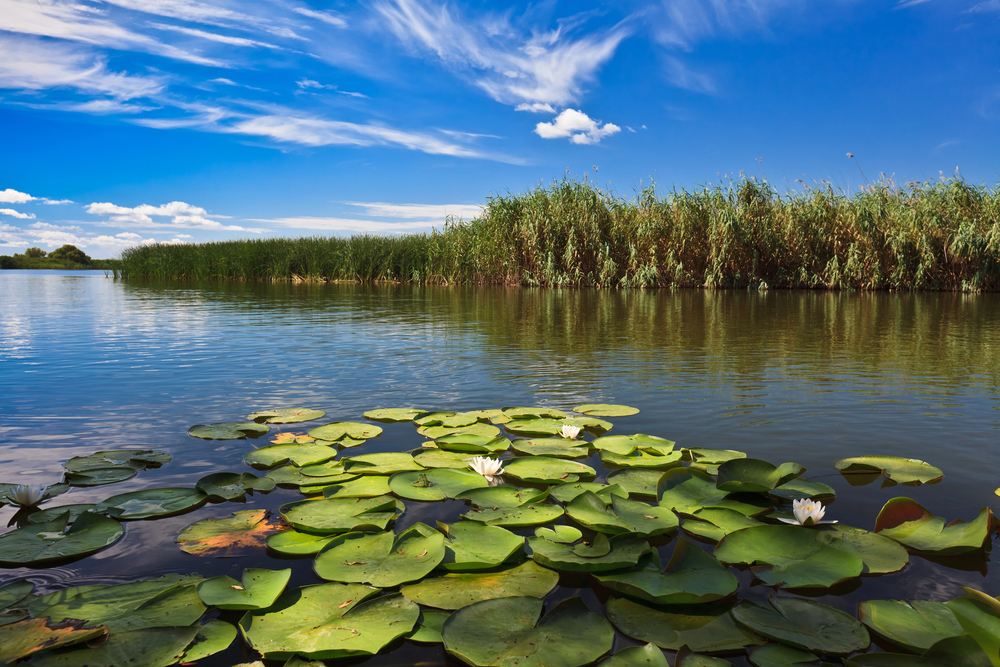
This UNESCO World Heritage site features the world’s largest reed bed ecosystem. The delta’s complex channel network creates isolated areas where unique subspecies have evolved.
Traditional fishing communities have developed sustainable harvesting methods that preserve fish populations. The wetland’s position along major bird migration routes creates seasonal biodiversity hotspots.
Sundarbans Wetlands, Bangladesh
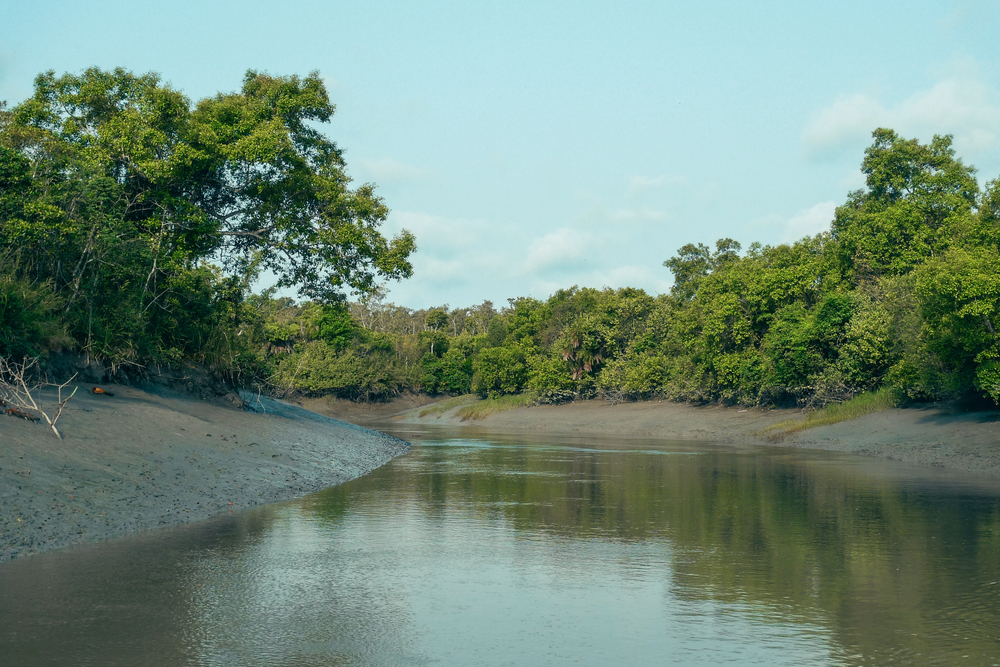
These mangrove wetlands support the world’s largest population of Bengal tigers adapted to aquatic environments. The complex root systems create nursery habitats for numerous marine species.
Local honey collectors have developed unique methods for harvesting from mangrove flowers. The area’s brackish water conditions have led to specialized adaptations in plant species.
Like Travel Pug’s content? Follow us on MSN.
Candaba Swamp, Philippines
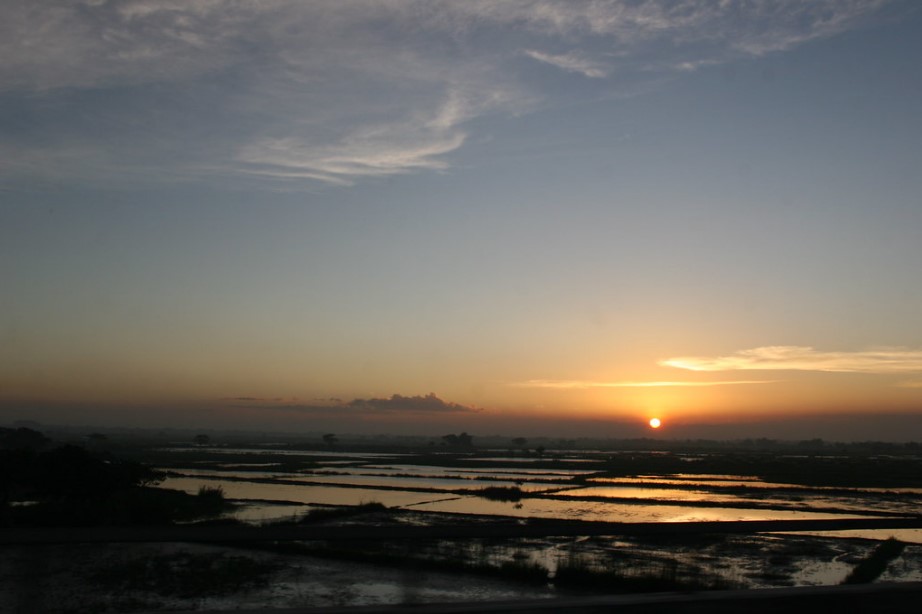
This inland wetland system is a crucial stopover for migratory birds along the East Asian Flyway. Traditional farming practices have created a mosaic of habitats supporting wildlife and agriculture.
Local communities have developed specialized techniques for sustainable fish farming. The wetland’s seasonal flooding patterns maintain crucial ecosystem services.
Laguna de Rocha, Uruguay
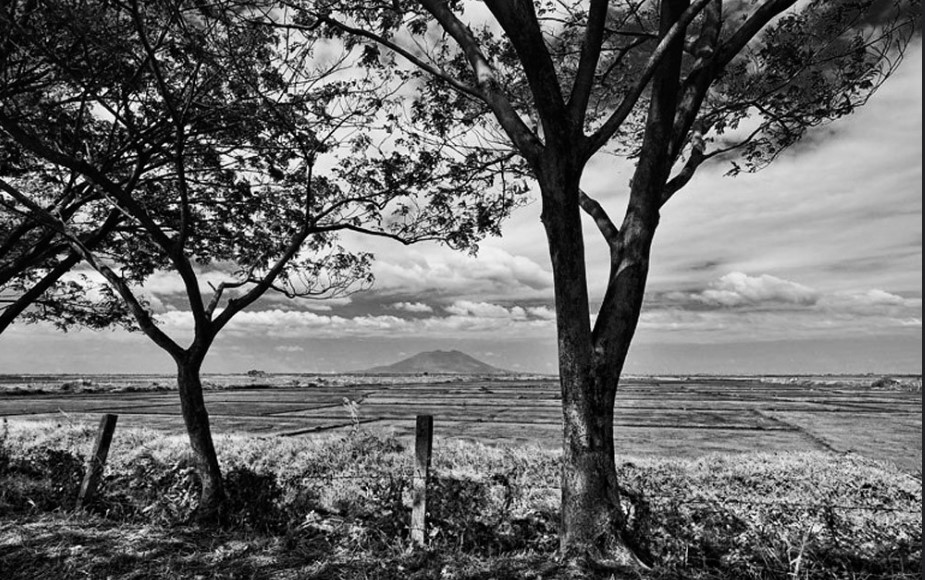
This coastal lagoon system features unique combinations of freshwater and marine environments. The wetland supports specialized bird species adapted to changing salinity levels.
Traditional fishermen have developed methods that maintain sustainable fish populations. The area’s dynamic ecosystem processes create constantly evolving habitat conditions.
Tortuguero Wetlands, Costa Rica
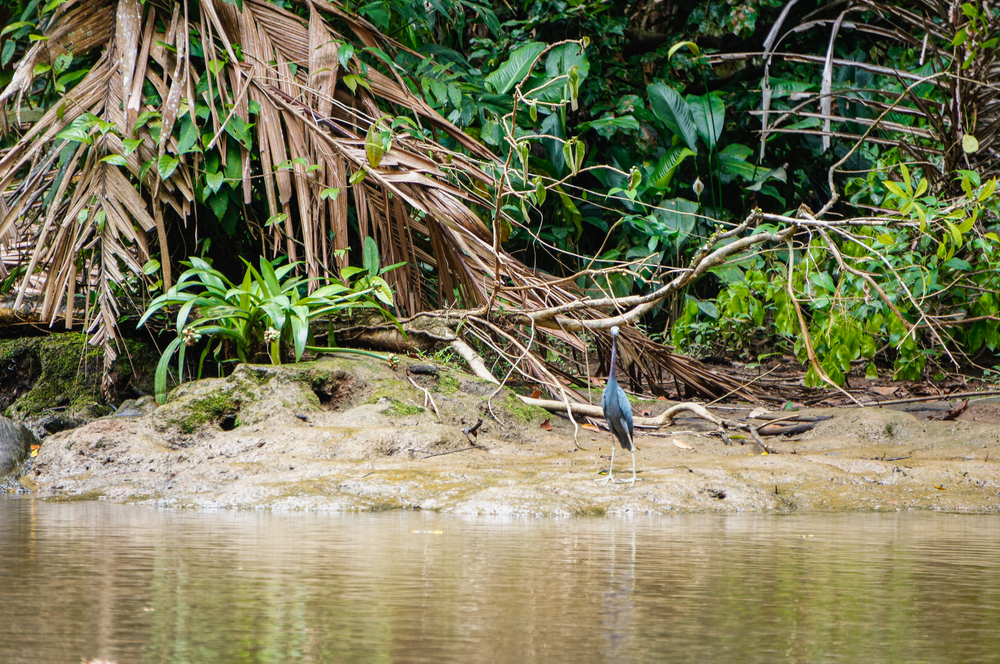
These Caribbean wetlands are the world’s most important nesting site for green sea turtles. The complex network of channels creates protected areas for juvenile fish development.
Indigenous communities maintain traditional navigation practices through the wetland channels. The area’s unique combination of rainforest and wetland creates distinctive wildlife corridors.
Like Travel Pug’s content? Follow us on MSN.
Pantanos de Centla, Mexico
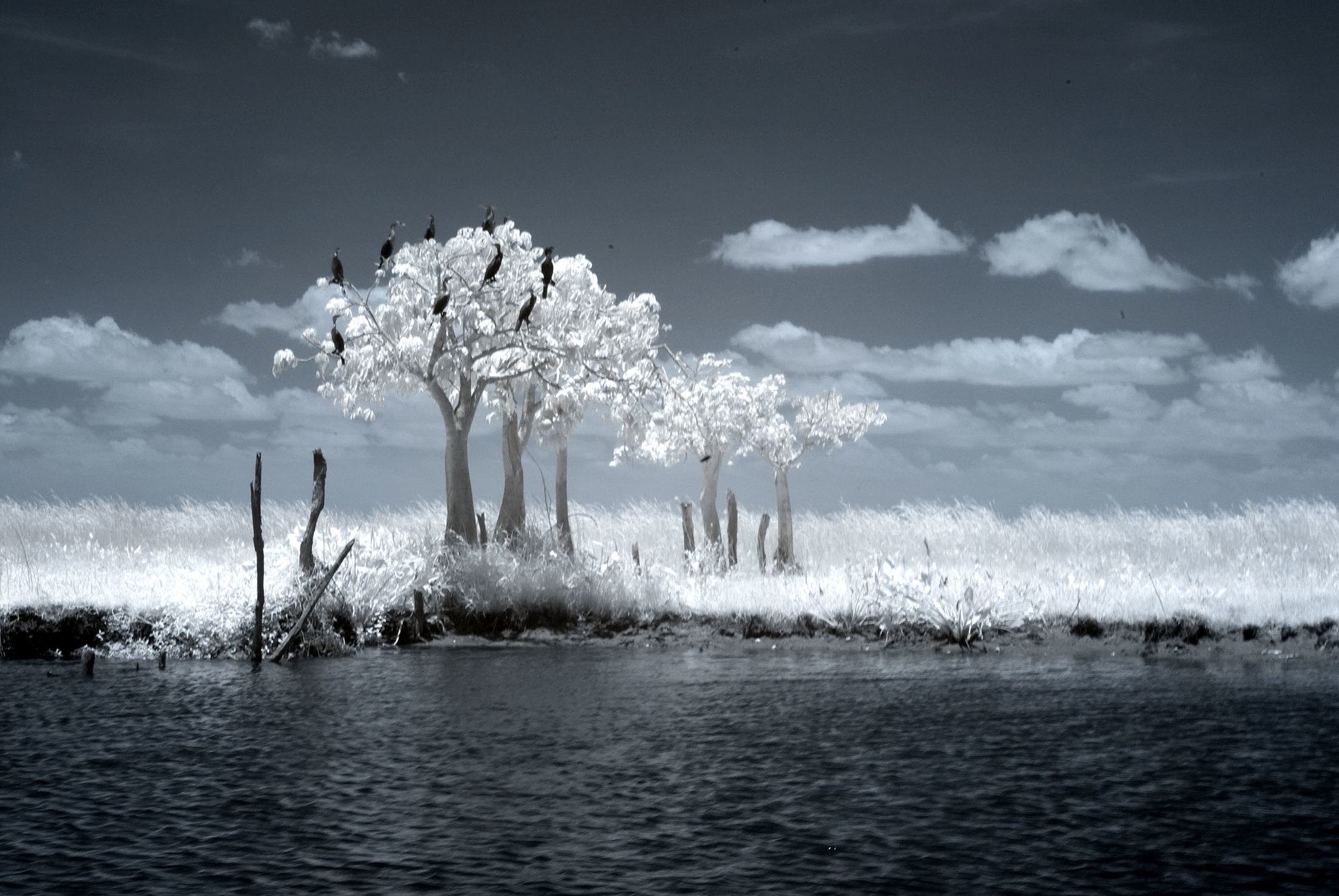
These vast wetlands in southern Mexico represent one of North America’s most important water purification systems. The unique mixture of freshwater and brackish marshes creates specialized habitats for endangered manatees and river dolphins.
Traditional Maya communities have preserved ancient agricultural practices that maintain wetland health. The area’s strategic location along migratory routes makes it a crucial stopover for countless bird species.
Wetland Conservation: Our Shared Responsibility
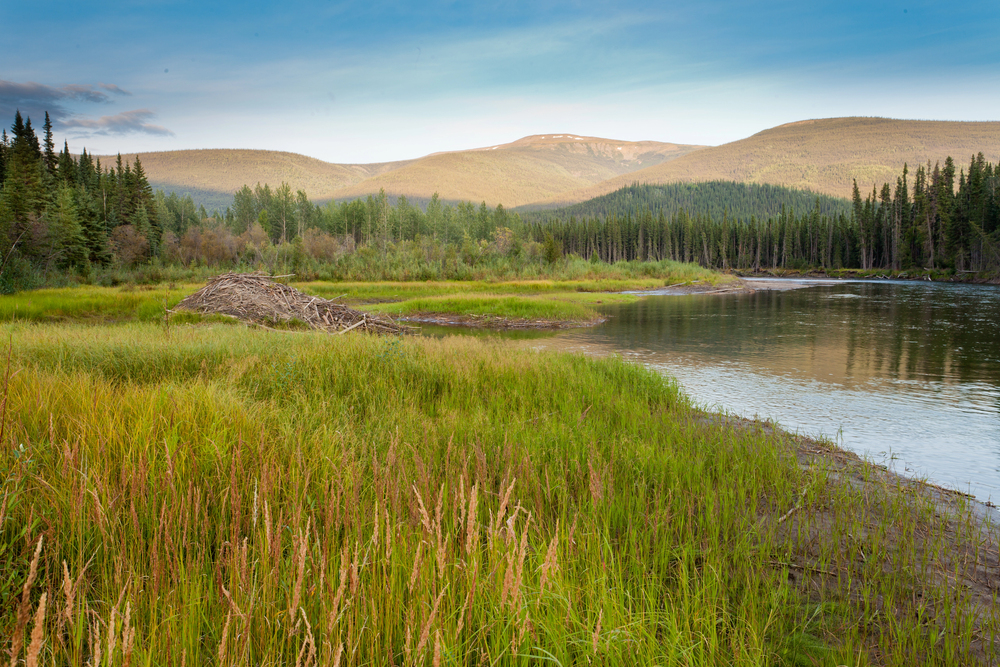
These remarkable wetlands demonstrate the incredible diversity of life in these unique ecosystems. Their preservation requires a delicate balance between human needs and environmental protection. Local communities’ traditional ecological knowledge plays a crucial role in sustainable wetland management.
Climate change threatens these vital habitats, so their protection becomes increasingly important for global biodiversity conservation. The future of these extraordinary wetlands depends on our collective commitment to understanding, preserving, and restoring these irreplaceable natural treasures.
More from Travel Pug

- 15 Dangerous European Cities to Avoid
- 15 Caribbean Islands Where Tourists Keep Getting Scammed
- The 20 Most Fascinating Abandoned Places: A Journey Through Time and Forgotten Spaces
- 15 Hidden Places in the Smithsonian Museums Locals Love: A Guide to Lesser-Known Treasures
- 16 Hidden Florida Beach Towns That Aren’t Overrun with Tourists
Like Travel Pug’s content? Follow us on MSN.
